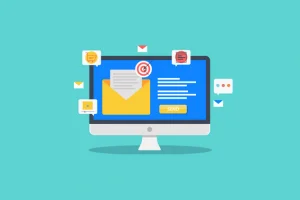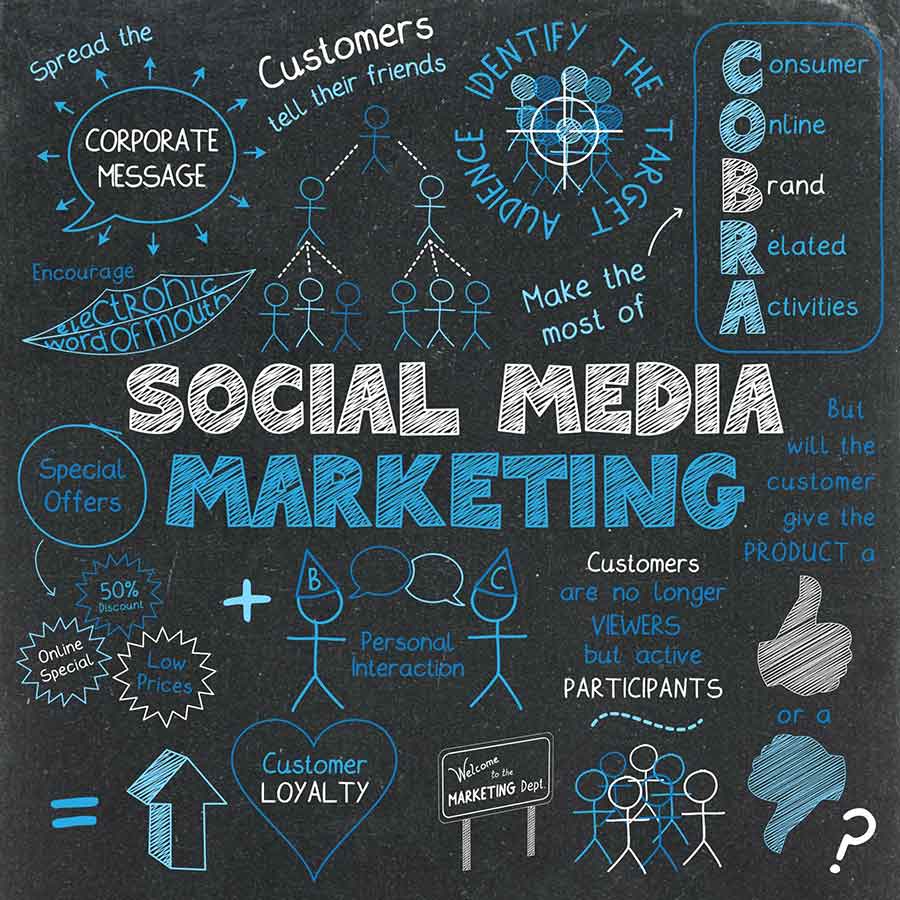What Does Great Email Marketing Data Consists Of
Different types of email marketing data need to be collected, tracked and analyzed by your team for successful email campaigns. This data will help you optimize your email campaigns to create subscriber engagement and drive conversions. We have compiled a list of the most important data for you below. 
Top Data Sources for Email Marketing
Take note of which data you are currently leveraging for your email marketing campaigns and where you have room to improve:
Email Addresses: The most obvious piece of data you should gather is legitimate email addresses. Maintaining accurate emails that belong to legitimate subscribers who are truly interested in your company’s products or service is extremely important.
This ensures that your emails will not bounce and that users will not be inclined to unsubscribe from your email list or mark you as spam. To build a list of good email addresses, you should first get permission from your prospects or customers to email them. Confirm your email opt-ins and follow spam compliance laws so you do not get in trouble with regulators and receive penalties or fines. You should also let your subscribers know what to expect from their email subscription, such as the type of email content you will be sending and how frequently you will be sending it. You can collect email address organically, buy a list, or rent a list from a reputable source.
The things we emphasize is the reputation, quality, and expertise of the company you decide to work with. Do your research and ask the right questions.
Click Through Rate: The number of clicks your email receives when delivered is a good gauge for how relevant and effective your message is.
Click through rates can also track subscriber interests which you can then use to segment your email lists.
Purchase History: Determining which products or services your subscribers find most interesting is extremely valuable information. This can help you create more effective email messages through targeted email campaigns to specific user personas.
Deliverability Information:
Do you know how many emails actually land in your subscriber’s inboxes? You must ensure that your emails are getting delivered in order to have successful campaigns. Check the number of emails bounced in your campaigns and also check to see how many emails are being moved to junk or spam by internet service providers (ISPs) like Gmail or Yahoo! You need to maintain a positive email reputation for effective email marketing and ensure that you do not get blacklisted, which will prevent your emails from reaching your subscribers.
Sales Attribution: You need to know where your leads and sales are coming from. You should collect data from all your marketing channels such as email marketing, search engine optimization (SEO), paid search and social media.
This data will give you the information necessary to determine where your marketing is most effective. You should then spend more of your marketing budget on these more effective areas.
Website Clicks and Visits: Website click data will help you understand how your subscribers go from clicking through to your website to actually converting into a paying customer. It will help you figure out if your landing pages provide the information promised in your email campaigns.
Website click data can also help you establish which products or services are of most interest to your customers.
Customer Subscription Centers: A customer subscription center is a great place to gather information about your customers. Many subscription centers simply offer email frequency options, although they can become more complex and offer subscribers the opportunity to share personal data or information about their interests if they want.
This type of information will help you create more personalized and targeted emails through email segmentation and brand persona development. This will help your subscribers stay engaged with your emails and lead to more successful campaigns.






